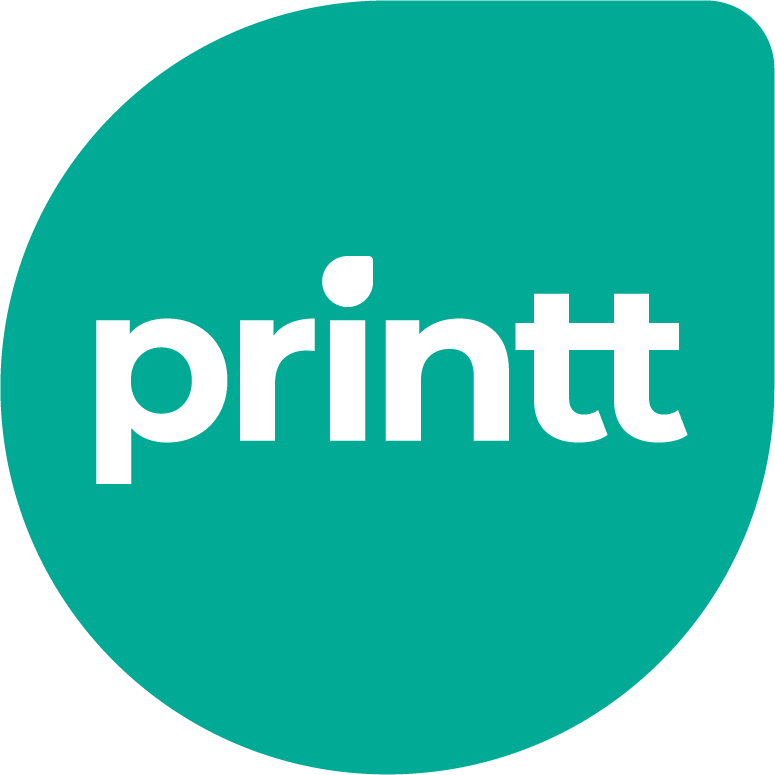How to write for A4 print
What you write can (and should) be different based on whether it’s for the web or it’s for printing. The characteristics of both make a huge difference to the experience and the result of reading them, and the behaviour of the reader changes dramatically depending on what and how they’re reading. If you don’t take that into account, you won’t take advantage of the strengths of the medium, or your writing won’t achieve what you want it to.
Here are the things you need to remember when you’re writing for print.
There’s no SEO
When you write an SEO article or webpage, the expectation is that the readers have found the article because they were looking for information on its subject. That means they’re more likely to be interested and engaged from the start.
Printed articles and reports will also attract keen readers, but offline, there are more ways to come across a piece of writing passively. The reader might have it handed to them at a conference or event, could pick it up from a stack on a reception hall table, or could be told to read it by a manager. Without internal motivation driving the reader through the text, the piece needs to work hard to keep their attention.
Also, without SEO to consider, you’re a lot freer to write text and headlines that work creatively. SEO best practice demands a certain number of keywords, and strategic headlines and subheaders. The titles that make the most emotional or intellectual impact won’t usually be the ones that have value for driving search traffic to a page. With print, that’s not a factor, so you can think solely about what works best for the piece, not what works best for search engines.
There are no links
Obviously paper doesn’t have hyperlinks, and online copy can link to other pages, and other pages can link to it. That impacts the creation in several ways.
Independence
Readers can arrive at most webpages in various ways, with links from multiple places, whether those are from the same website, a different website, or a search engine. That means you can’t expect the audience to have read another page before the one they’re on. A webpage needs to make sense as a standalone text, whereas pages or chapters in a booklet can more safely assume that the reader has read the page before.
Sources
When referring to someone else’s data or research, webpages can simply link to the relevant page to cite and credit their sources. That makes the research easily available without interrupting the flow of the article. When writing for print, you need to decide how to cite and stick to that method. It could be a footnote, which directs someone to the bottom of the page, an endnote, which sends them to the end of the document, or a citation in the body of the text. There are risks with each, mainly the risk of breaking the reader’s momentum or appearing attractive on the page. The writer needs to make a deliberate choice based on the nature and needs of the writing.
Call to action
Online, you can link people to product, contact, or registration pages with a link. The effort it takes the reader to respond to your call to action is minimal — maybe just a few clicks. If your audience is reading a printed page, the CTA needs to be incredibly compelling — because you can’t link them to another page, any action you want them to take will require more time and effort, and few will bother unless your call to action justifies it.
Length
You can afford to write longer pieces when you’re printing them. Here’s why.
It takes 21% less brain power to understand printed material than digital media
People recall information 70% better when it’s printed
Paper offers fewer distractions than screens
The typical period of focus for a screen user is 40 seconds
If you’re accustomed to writing very brief web copy, you can unpack more ideas and explore themes in more depth when you’re writing for print. The chance of your audience giving up or their attention being stolen is far less, so you can write that bit more, with less risk of your reader abandoning your piece before your next point.
Creating your documents
Whatever project you’re working on, get it printed reliably, securely, and quickly with Printt. Whatever the file type, if it’s an A4 job, we’ll print it. Just upload your files, and you can collect your documents the same day, or get them delivered to an address of your choice.
Get started now and get 30% off your first delivery order.
